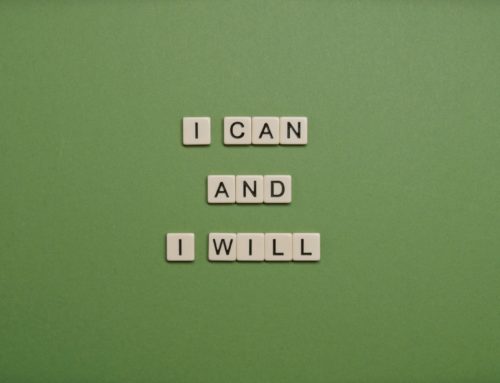Make It Habit Forming
I have blogged about ways to start new habits and thought this piece from Tara Parker-Pope in the New York Times provides some helpful insight to pairing habits with tasks you already perform as well as maintaining new habits with intentional planning and accountability partners.
By Tara Parker-Pope
June 1, 2021, 3:00 a.m. ET New York Times
“Brush Your Way to a New Habit
Your daily tooth-brushing routine is a great opportunity to schedule a new goal. Today, try doing calf raises, squats or lunges for a burst of exercise while you brush your teeth. Use the time to meditate by focusing on the taste of the toothpaste and sound of the water. Or schedule push-ups, a wall sit or yoga for after you’ve finished.
Why Am I Doing This?
Picking a time and place for a new goal makes it far more likely that you’ll do it. Keep it simple by bundling your new goal to a consistent habit you already have. Brushing your teeth, enjoying your morning coffee, coming home after work, sitting down for dinner and getting ready for bed are all daily rituals that present great opportunities for scheduling a new habit.
When you pick a specific time and opportunity to start a new goal, it’s called an “implementation intention.” One study published in the British Journal of Health Psychology showed that people were twice as likely to follow through on a goal if they made a plan for a time and place to start doing it. For that study, researchers recruited 248 people who wanted to start exercising and divided them into three groups. The first group was asked to track their exercise. The second group focused on getting motivated to start exercising by learning about the health benefits of fitness. The last group got the same motivational talk, but they were also asked to make a specific plan for the time and place they would exercise for 20 minutes.
Just over a third of the people in the first two groups did the exercise. But in the group that made a plan for when and where to work out, 91 percent followed through.
In other research, 90 students in Germany were asked to test a new bus route. In the control group, 31 percent followed through on their promise. But in a group that was asked to set an implementation intention — naming the specific time they would take the bus and the stop they would use — 53 percent followed through.
Another study found that having a plan was just as effective as a monetary reward in convincing people to follow through on their goals. In that study, 300 students in Germany were asked to buy organic food. Half the students got a voucher for 2.5 euros, but one group was asked when and where they planned to buy the food. In the group that made a specific plan, 50 percent followed through, compared to just 34 percent of those who didn’t make plans. The researchers raised the amount of the voucher to see if money was a stronger motivator than making a specific plan. They found that giving more money wasn’t more powerful than setting an intention. Fifty percent of the people who got more money bought the food — the same percentage as those with less money who made a specific plan to shop. When people were given both options — more money and instructed to name the time and place they would shop — the follow-through was highest: 61 percent did as promised and purchased the organic food.
Katy Milkman, a professor at the Wharton School and author of the new book “How to Change: The Science of Getting From Where You Are to Where You Want to Be,” said it’s important to create specific cues that can remind you of your goals. Making a plan, picking a time to do it and putting it on your calendar are all cues that can help you follow through on an intention and achieve a goal.
“Vague intentions are easy to put off,” said Dr. Milkman. “If you make a vague plan to exercise more, and you’re feeling lazy, you can tell yourself, ‘I still plan to exercise, and I’ll do it later.’ But cue-based plans are harder to put off.”
You can increase the likelihood that you’ll stick to the plan if you tell someone else about it, creating accountability, said Dr. Milkman. And you’re more likely to succeed if you just set one goal rather than several.
Another form of intention setting involves setting a goal and then pairing it with another activity you really enjoy. Dr. Milkman calls this “temptation bundling.” It works because you’re giving yourself an immediate reward to complete a task like exercising or doing your homework.
In one study, children who were allowed to listen to music and snack while studying math spent more time completing work sheets than a control group. One example of temptation bundling might be to watch a favorite show, like “Bridgerton,” while you walk on a treadmill. Students who don’t feel like studying could reward themselves with a treat like frozen yogurt or iced coffee on the way to the library.
“People have the wrong mental model of how to achieve a tough new goal,” said Dr. Milkman. “They think they have to push through something they don’t like, but people do better if they pursue a new goal in the most fun way possible.”
#capturedclutter #habitforming # katymilkman #taraparkerhope #intentionalplanning






